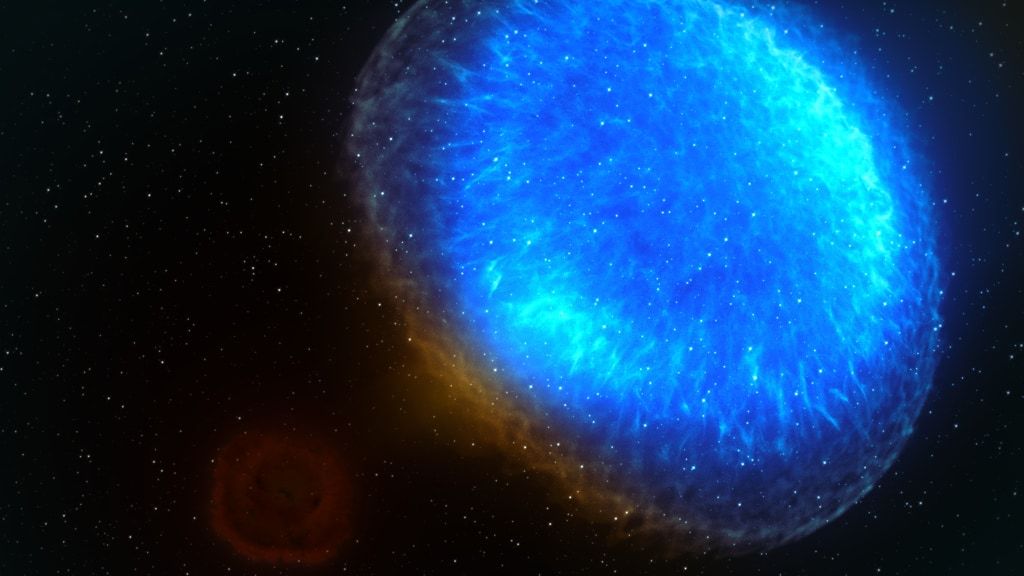This post may refer to COVID-19
To access official information about the coronavirus, access CDC - Centers for Disease Control and Prevention.

www.space.com
A neutron-star crash spotted 3 years ago is still pumping out X-rays. But why?
Scientists have reported mysterious X-ray emissions where, more than three years ago, they spotted the first known collision of two neutron stars.
Science & Tech
Three years ago, two neutron stars collided in a cataclysmic crash, the first such merger ever observed directly. Naturally, scientists kept their eye on it — and now, something strange is happening.
Astrophysicists observed the star collision on Aug. 17, 2017, spotting for the first time ever signs of the same event in both a gravitational-wave chirp detected by the Laser Interferometer Gravitational-Wave Observatory (LIGO) on Earth and a massive burst of different flavors of light. The X-rays observed at the location 130 million light-years from Earth peaked less than six months after the merger's discovery, then began to fade. But in observations gathered this year, that trend has stopped, and an X-ray signal is unexpectedly lingering, according to research presented on Thursday (Jan. 14) at the 237th meeting of the American Astronomical Society, held virtually due to the pandemic.
"Our models so far were describing the observation incredibly well, so we thought we nailed it down," Eleonora Troja, an astrophysicist at the University of Maryland and NASA's Goddard Space Flight Center in Maryland, told Space.com. "I think everybody was convinced that this thing was going to fade quickly, and the last observation showed that it is not."
























































